Best Multi-Cloud Management Tools in 2025? Comparison
Explore the top multi-cloud management tools of 2025, comparing features, benefits, and trends to help you choose the right platform for seamless cloud operations, cost control, and enhanced security.
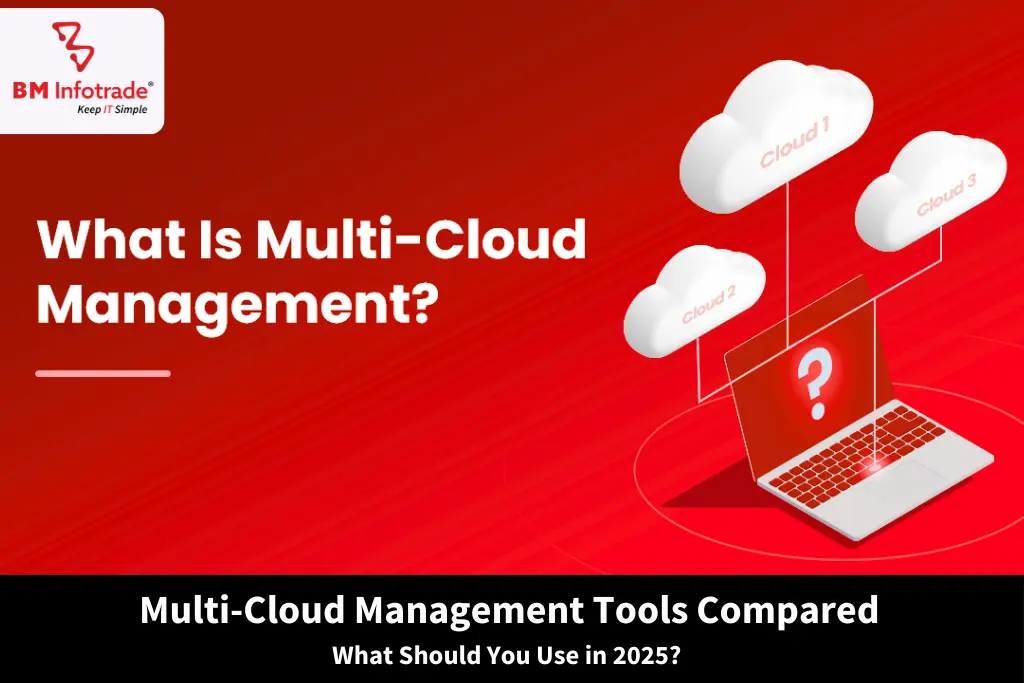
Best Multi-Cloud Management Tools in 2025? Comparison
Table of Contents
We're now in 2025, and businesses are still scaling digitally. Adopting multi-cloud services is no longer an option, it’s a necessity. Companies are using AWS, Microsoft Azure, Google Cloud Platform (GCP), and other service providers to take advantage of flexibility, mitigate vendor lock-in, optimise performance, and ensure compliance with regulations. Although advantageous, this multi-cloud approach presents a major challenge: how to manage various cloud environments securely and efficiently.
This is where multi-cloud management tools come in. These platforms provide resource orchestration, governance, financial management, and monitoring across different clouds. With more competing offerings, the problem in 2025 will be how to choose the optimal multi-cloud management tool for your business.
Why Multi-Cloud Management Matters in 2025
Let’s take a step back and consider why multi-cloud management will be even more important come 2025 before comparing tools:
-
Controlling Cloud Sprawl: Companies are experiencing standalone silos due to independent resource deployment by development teams. Multi-cloud tools offer a single pane of control with consolidated insight.
-
Cost Optimisation: While multi-cloud aids in budgeting and precisely estimating costs, billing complexity may arise when operating under certain providers.
-
Security and Compliance: Compliance is required in the cross-domain gaps for policy enforcement monitoring and unified guardrail surveillance for security breaches.
-
Greater Efficiency and Automation: Lack of manual oversight in multi-cloud environments is inevitable. Tools streamline self-provisioning, compliance policies, scaling, and policy enforcement.
Top Multi-Cloud Management Tools in 2025: Side-by-Side Comparison
Here’s a detailed breakdown of some of the most widely used and advanced multi-cloud management platforms in 2025.
1. VMware Aria (Formerly vRealize Suite)
Best for: Enterprises with strong VMware foundations
Key Features:
- Unified management for AWS, Azure, GCP, and private clouds.
- Advanced workload placement and optimisation.
- Integrated governance and policy management.
- CloudHealth integration for cost control.
Pros:
- Deep infrastructure insight and policy-based governance.
- Seamless integration for hybrid cloud use cases.
Cons:
- Complexity in initial setup.
- Best suited for large enterprises.
Pricing: Enterprise pricing model; custom quotes.
2. Microsoft Azure Arc
Best for: Organisations deeply invested in the Microsoft ecosystem
Key Features:
- Extends Azure services to any cloud or on-premises.
- Centralised policy enforcement using Azure Policy.
- Integration with Azure Security Centre and Defender for Cloud.
- GitOps-based deployment management
Pros:
- Great for hybrid environments.
- Deep integration with Azure DevOps and Active Directory.
Cons:
- Best results with Azure-native workloads.
- Limited functionality on non-Azure clouds compared to native Azure support.
Pricing: Pay-as-you-go model for services used via Arc.
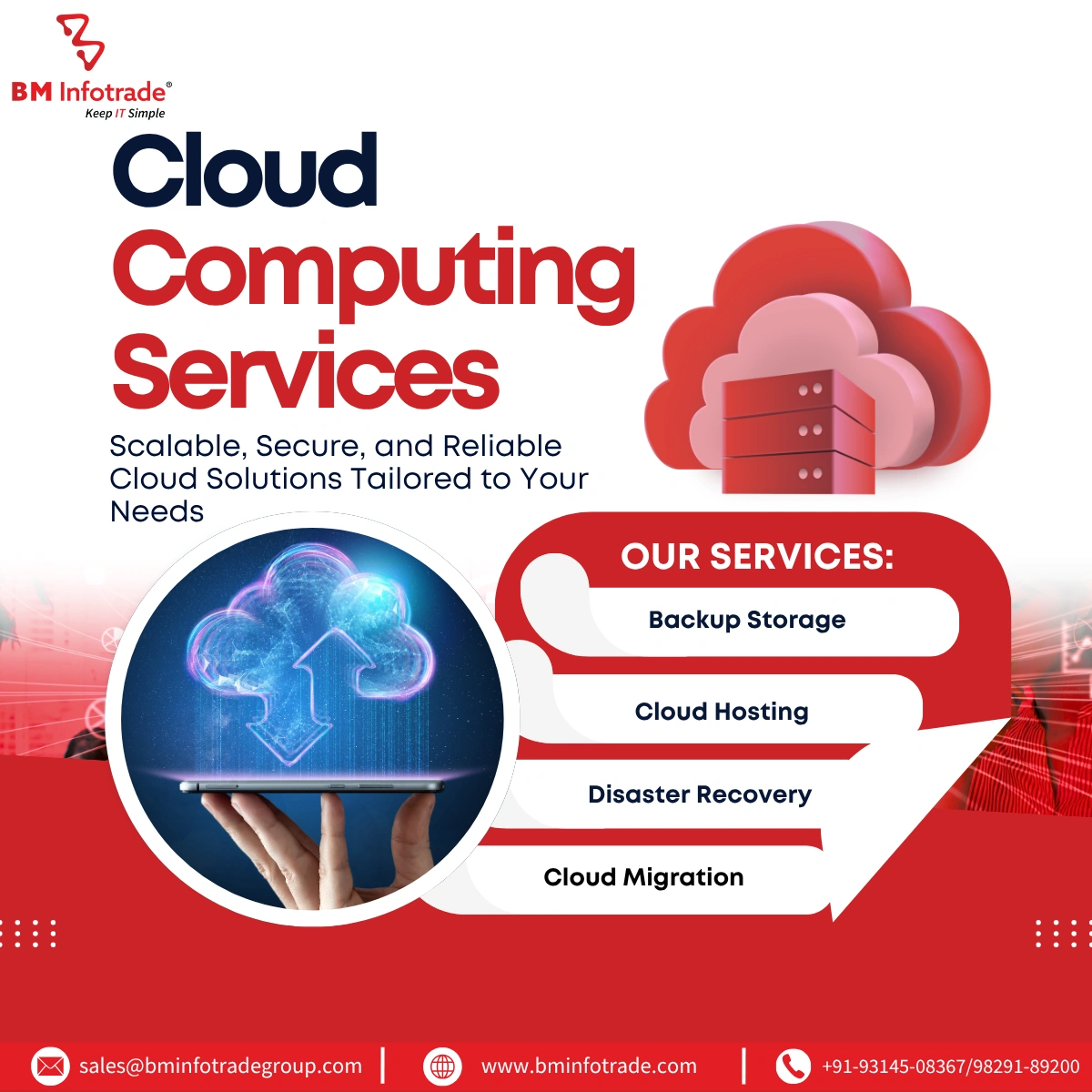
3. Google Anthos
Best for: Kubernetes-centric DevOps teams
Key Features:
- Kubernetes-based management across GCP, AWS, Azure, and on-premises.
- Service mesh for unified communication and observability.
- CI/CD integration and GitOps workflows.
- Policy control with Config Management.
Pros:
- Strong developer focus.
- Excellent for microservices and containerised environments.
Cons:
- Steep learning curve.
- Higher TCO for small organisations.
Pricing: Anthos licensing starts at ~$10,000 per month per 100 vCPUs.
4. HashiCorp Terraform Cloud/Enterprise
Best for: Infrastructure-as-Code (IaC)-driven automation
Key Features:
- Automates multi-cloud infrastructure provisioning using Terraform scripts.
- Policy as code via Sentinel.
- Role-based access control and audit logs.
- Integrates with version control systems (GitHub, GitLab, etc.).
Pros:
- Open-source flexibility.
- Great for DevOps and SRE teams.
Cons:
- Requires strong IaC maturity.
- Limited in GUI-based management and visual dashboards.
Pricing: Free for basic use; paid tiers for team & governance features.
5. Morpheus Data
Best for: Enterprises needing a self-service portal for developers
Key Features:
- Unified orchestration for more than 20 cloud providers.
- Role-based access and multi-tenancy.
- Built-in CMDB and governance workflows.
- Integration with ITSM tools like ServiceNow.
Pros:
- Excellent hybrid cloud support.
- Fast deployment and intuitive UI.
Cons:
- Less popular, hence smaller community support.
- It may be overkill for startups or small teams.
Pricing: Based on several managed VMs, it starts from enterprise-grade tiers.
6. Red Hat OpenShift Platform Plus
Best for: Multi-cloud Kubernetes orchestration for Enterprises.
Key Features:
- Kubernetes clusters are available/multi-cloud enabled.
-
Security and compliance auditing is centralised.
-
Application lifecycle and image management are done at an advanced level.
-
DevSecOps pipeline integrations.
Pros:
-
Effective security measures.
-
Aids secure-ready enterprises needing to meet compliance demands.
Cons:
-
The setup uses excessive resources.
-
Non-containerised, siloed applications render this product nearly useless.
Price: Subscriptions are based on core utilisation. Freemium tier available based on core container usage and features.
Also Read:- Multi-Cloud vs Hybrid Cloud: What's Better for Your Business in 2025?
Choosing the Right Multi-Cloud Tool in 2025: Key Considerations
Here are some of the most relevant factors to keep in mind during tool selection for your team:
1. What is your cloud footprint?
For a predominantly Azure environment, Azure Arc will probably provide the most seamless experience.
If your workloads focus on Kubernetes, then Anthos or OpenShift will be better suited.
2. Do you have a DevOps-driven team?
In that case, Terraform Enterprise gives you the maximum control of Infrastructure as Code (IaC) within a regulated setting.
Doing deep/advanced analytics and having budget planning features, do you also offer?
If yes, CloudHealth by VMware and Morpheus Data are exceptional when it comes to advanced cost optimisation.
3. Are you looking for ease of navigation?
Morpheus wins in this area, while instruments such as Terraform or Anthos are more aligned with code-like configuration approaches.
The Future of Multi-Cloud Management
The rise of edge computing, alongside the growth of cloud-native applications, will increase the complexity of multi-clouds. In response, cloud management is shifting to:
- Automation driven by AI for forecasted scaling and cost-cutting.
- Implementation of zero-trust security across environments.
- Support for Edge, IoT workloads and reporting.
- Ecosystem-oriented APIs for effortless CI/CD inclusion.
“Multi-cloud management platforms” will cross the “nice to have” mark and become essential. Adapting now with the proper management tool will ensure gaps in the future with cloud challenges are mitigated.
Conclusion
It's no longer about which cloud you have, it's got to do with how effectively you manage them in the race to cloud maturity. Operational complexity and security are streamlined with sophisticated multi-cloud systems, bringing faster, simplified, and more secure services. Management systems of your scale include Kubernetes-powered Anthos Platforms and automation strong with Terraform Clouds. Selecting the right tool for an organisation depends on the team’s configuration, objectives, and the overarching cloud framework.
FAQ's
1. What is a multi-cloud management tool and why do organizations need one?
Multi-cloud management tools help organizations monitor, secure, and optimize workloads across multiple public cloud providers, providing a unified platform for visibility, automation, and cost control.
2. What are the key features to look for in a multi-cloud management platform in 2025?
Essential features include compatibility across cloud providers, scalability, automation, cost management, compliance, governance, intuitive user interface, and strong customer support.
3. How do multi-cloud management tools help reduce cloud costs and improve efficiency?
These platforms offer real-time cost tracking, anomaly detection, budgeting, and optimization recommendations, helping organizations control spending and streamline operations.
4. Which are the top multi-cloud management tools to consider in 2025?
Leading tools include Ternary, CloudZero, IBM Multi-Cloud Manager, Nutanix Cloud Manager, and VMware vRealize Suite, each with unique strengths in cost management, security, automation, and scalability.
5. How do multi-cloud management tools enhance security and compliance across different cloud environments?
They provide centralized security controls, continuous compliance monitoring, automated policy enforcement, and unified threat detection to maintain consistent security across all clouds.


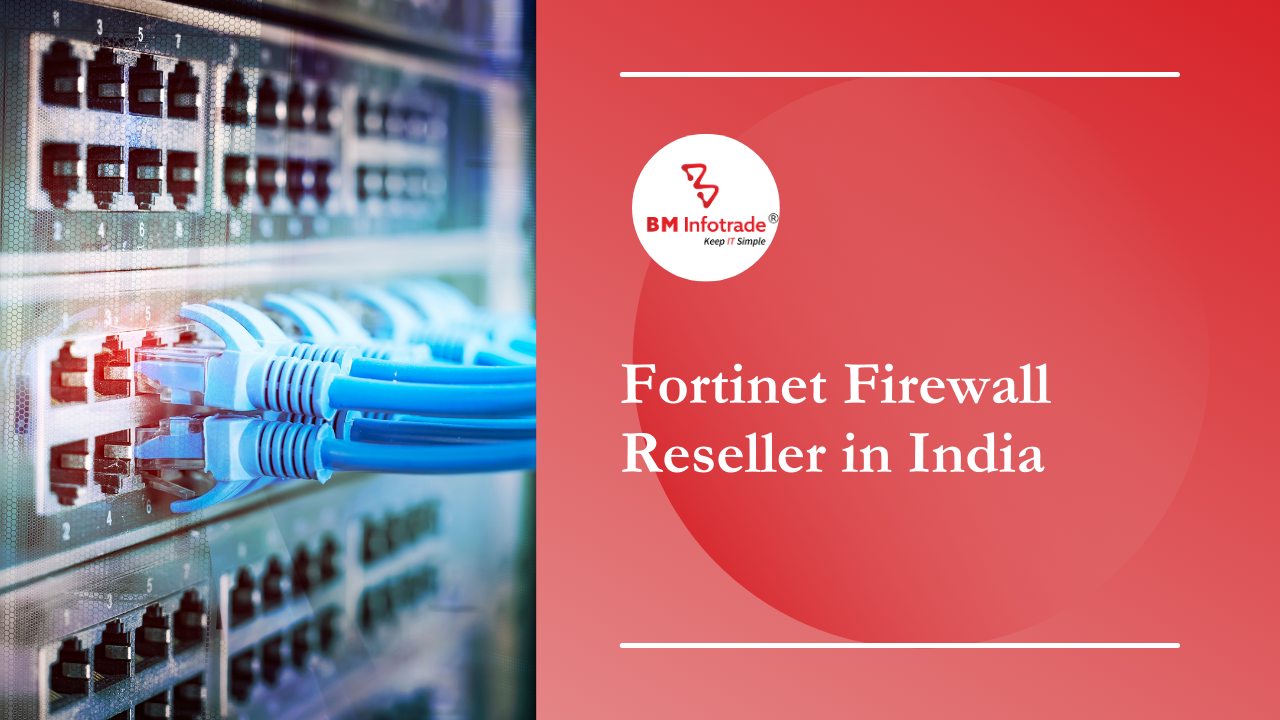
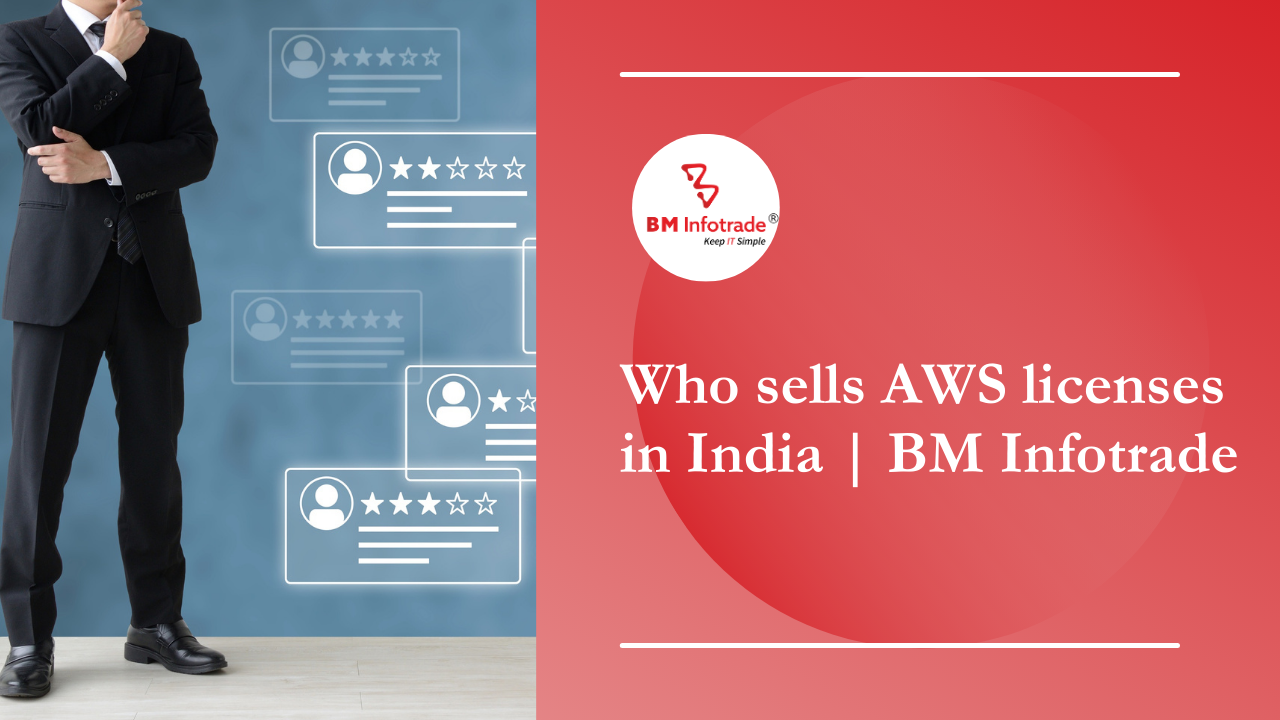


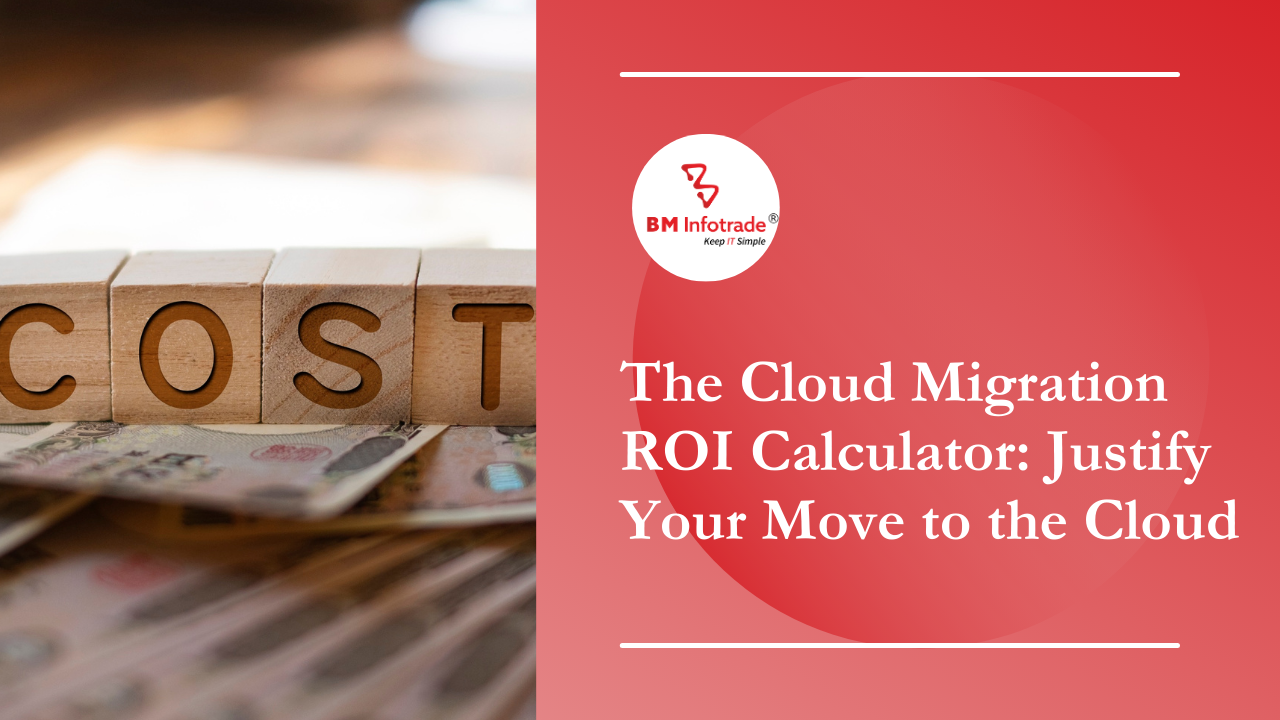
Anshul Goyal
Group BDM at B M Infotrade | 11+ years Experience | Business Consultancy | Providing solutions in Cyber Security, Data Analytics, Cloud Computing, Digitization, Data and AI | IT Sales Leader